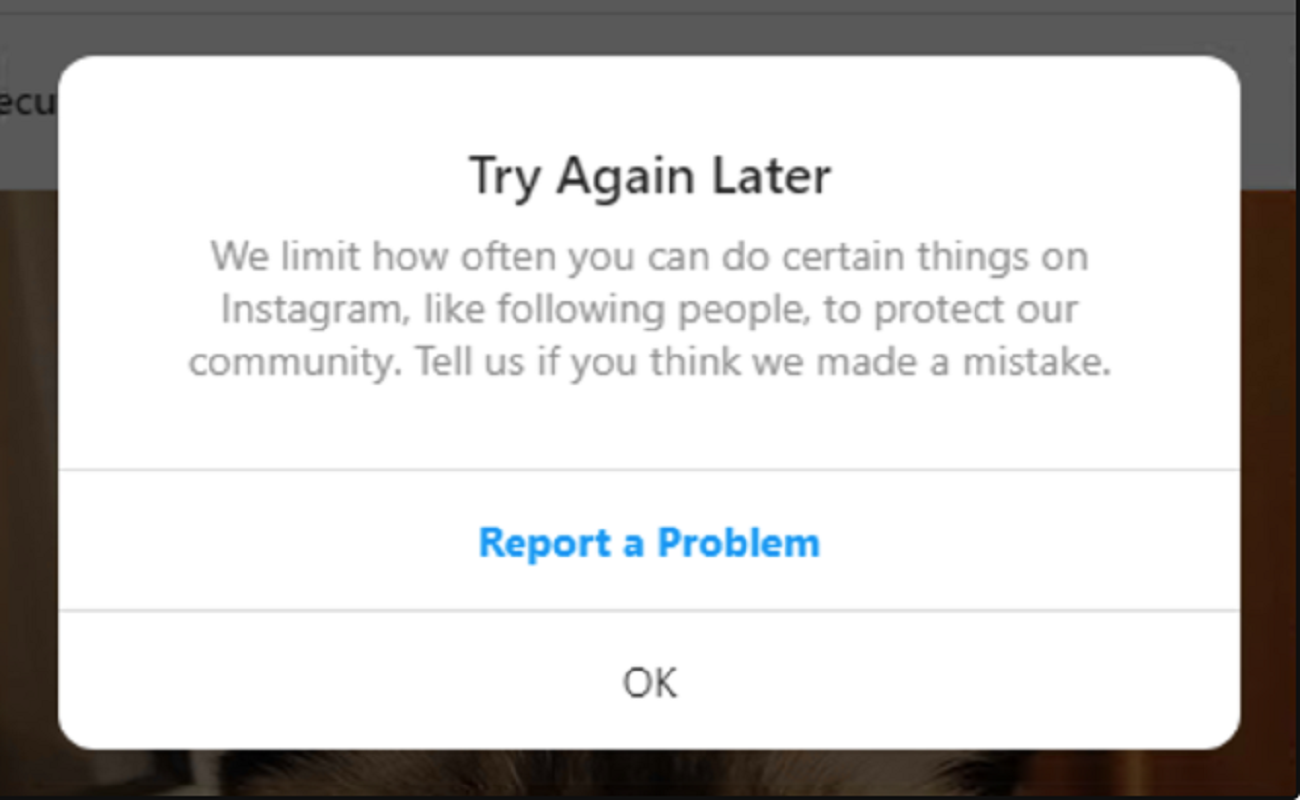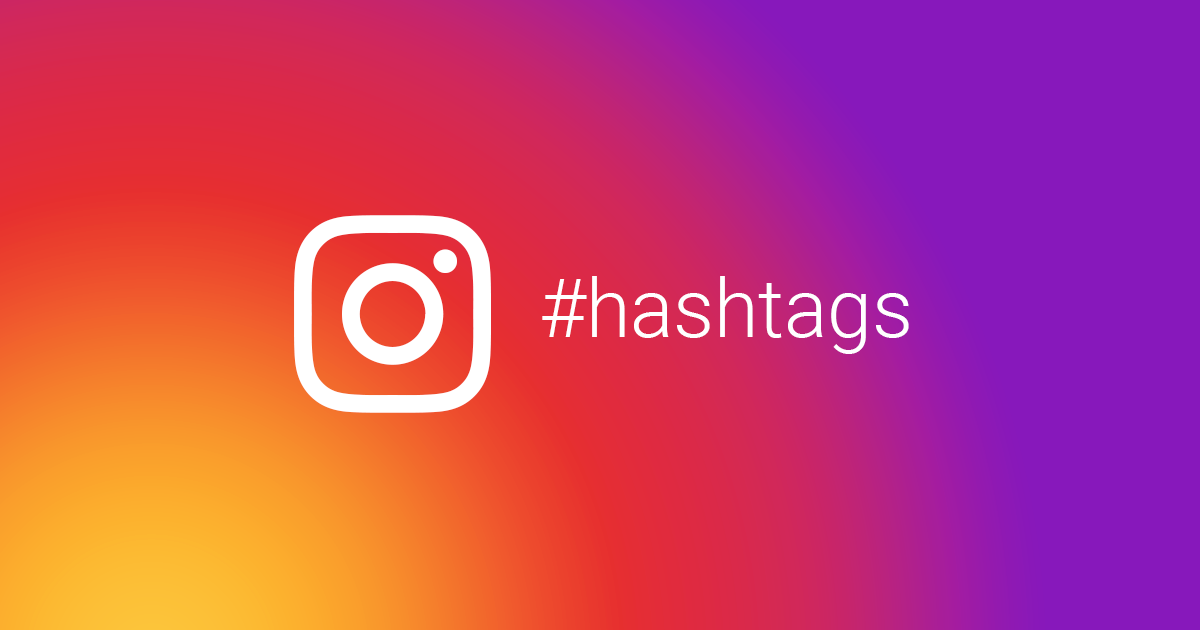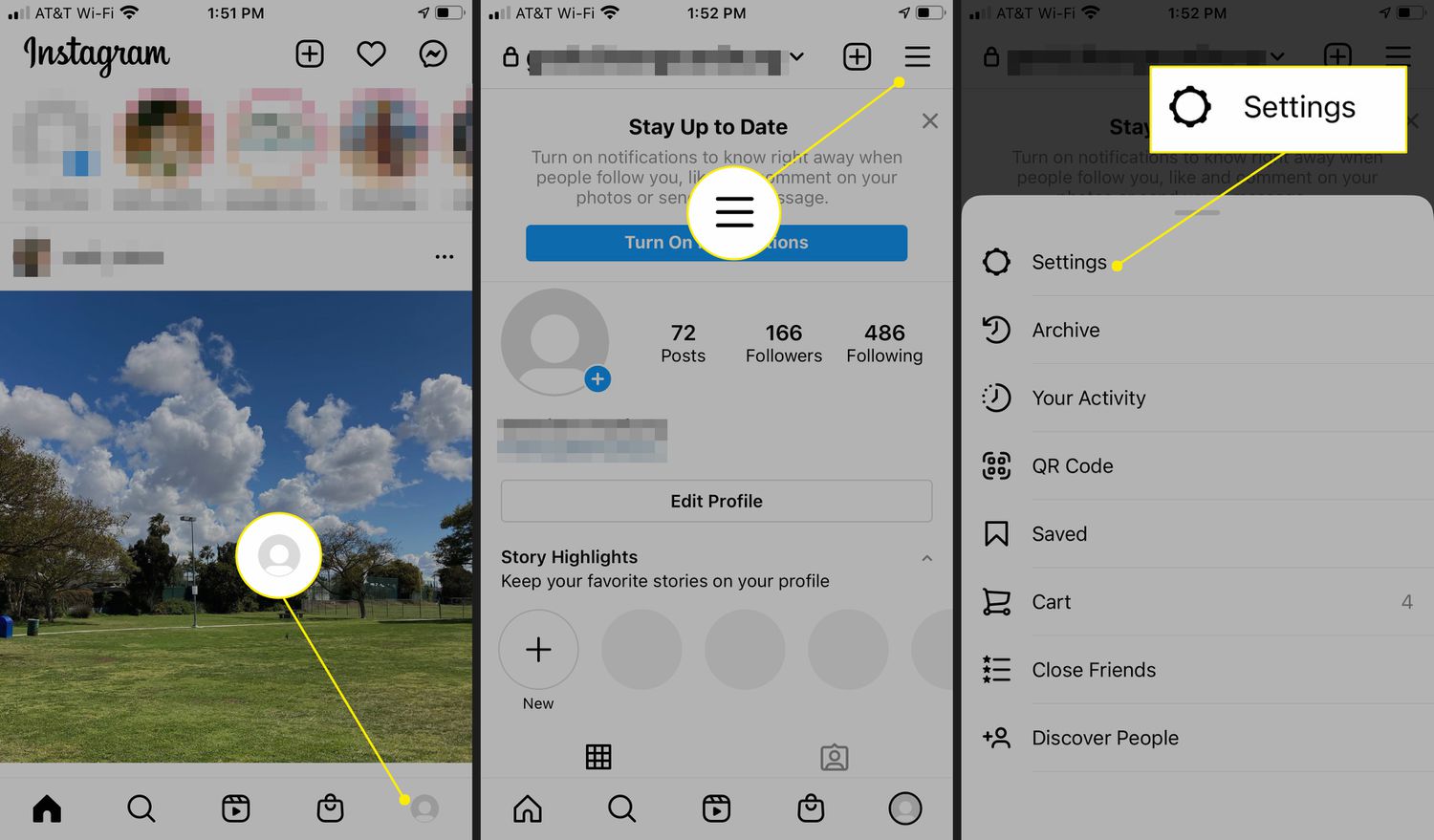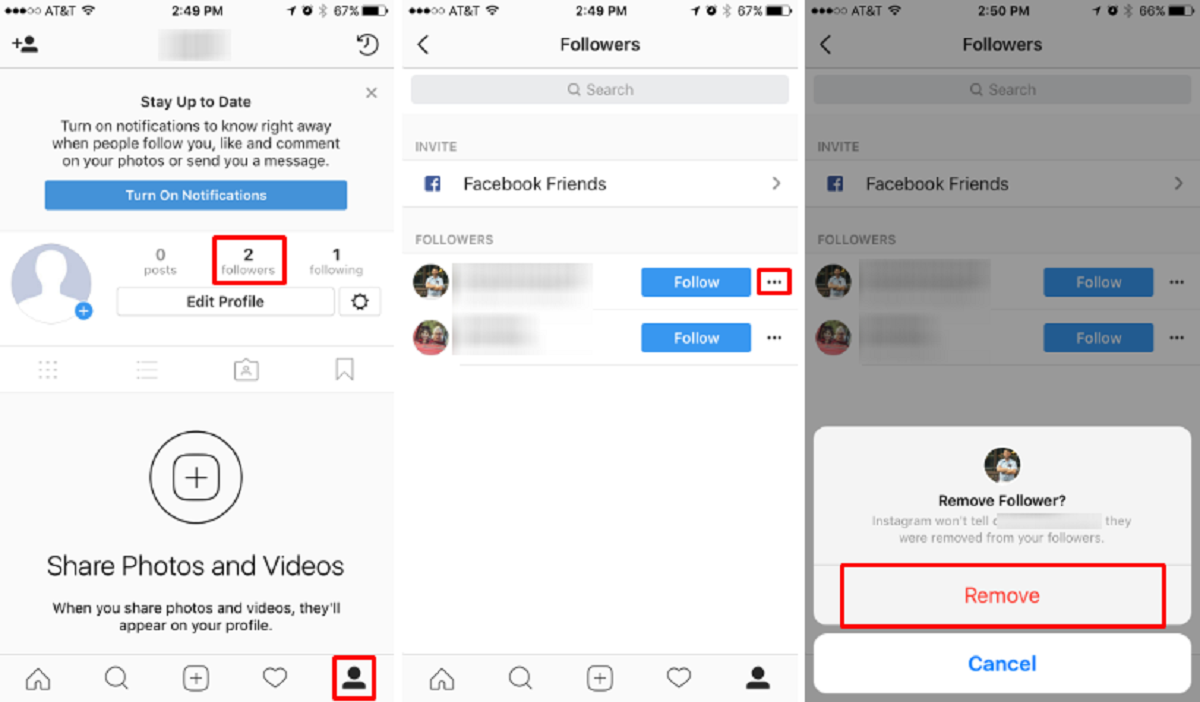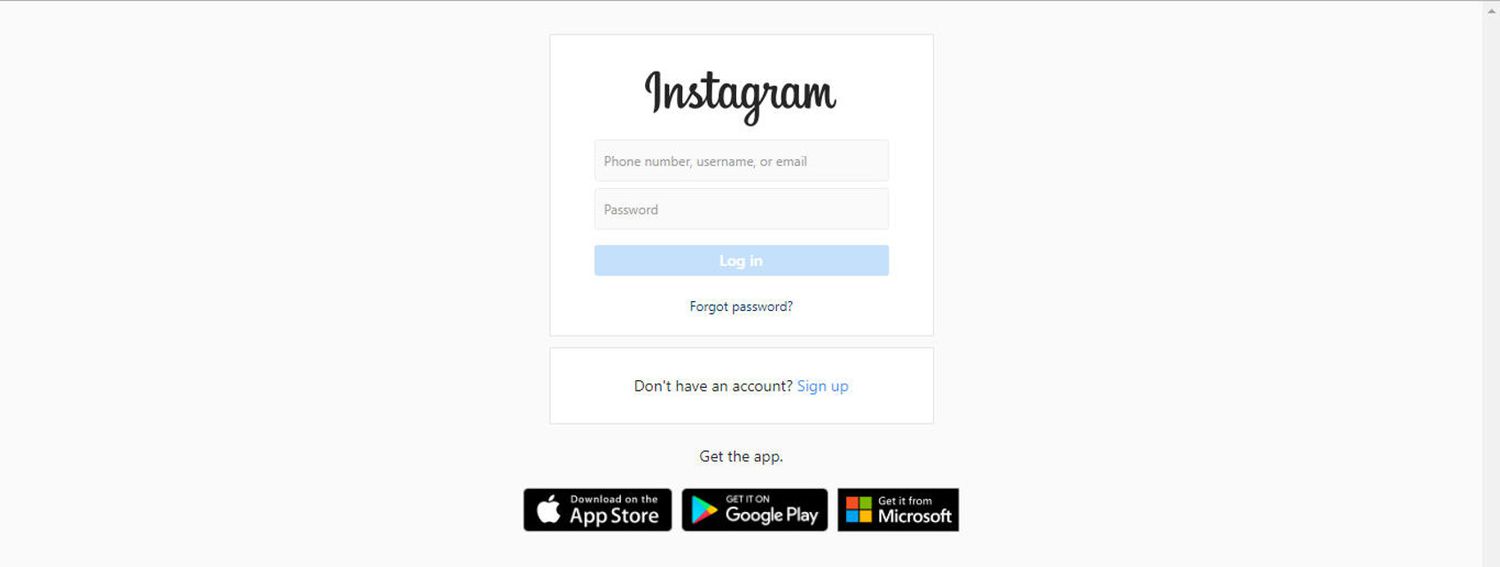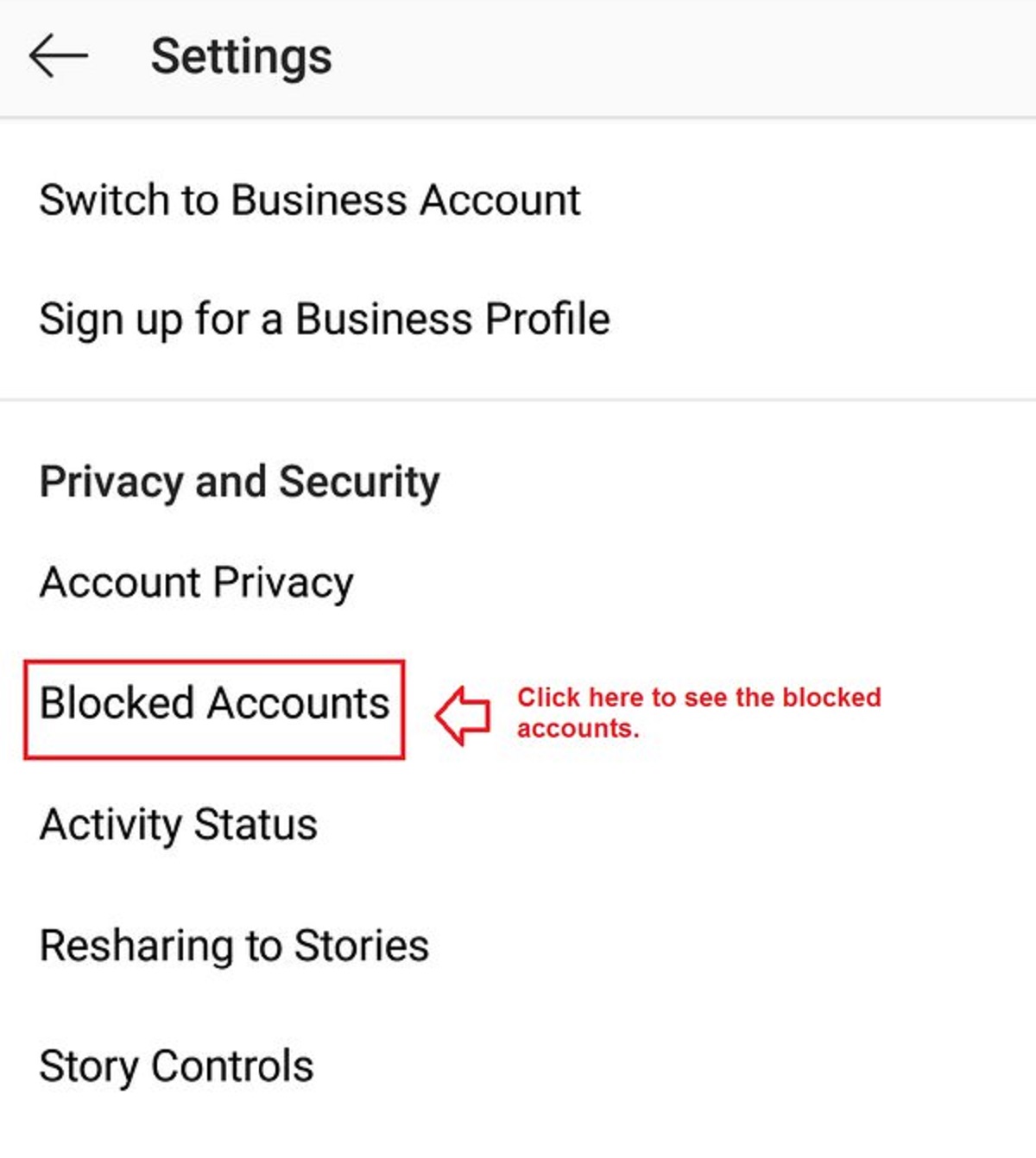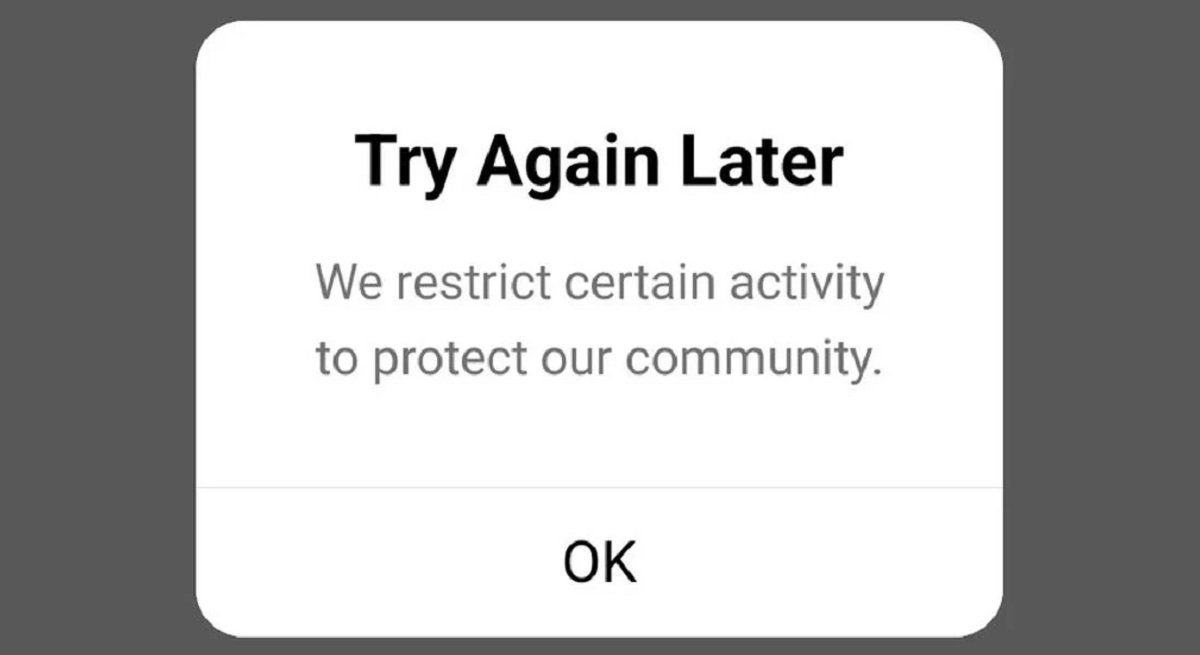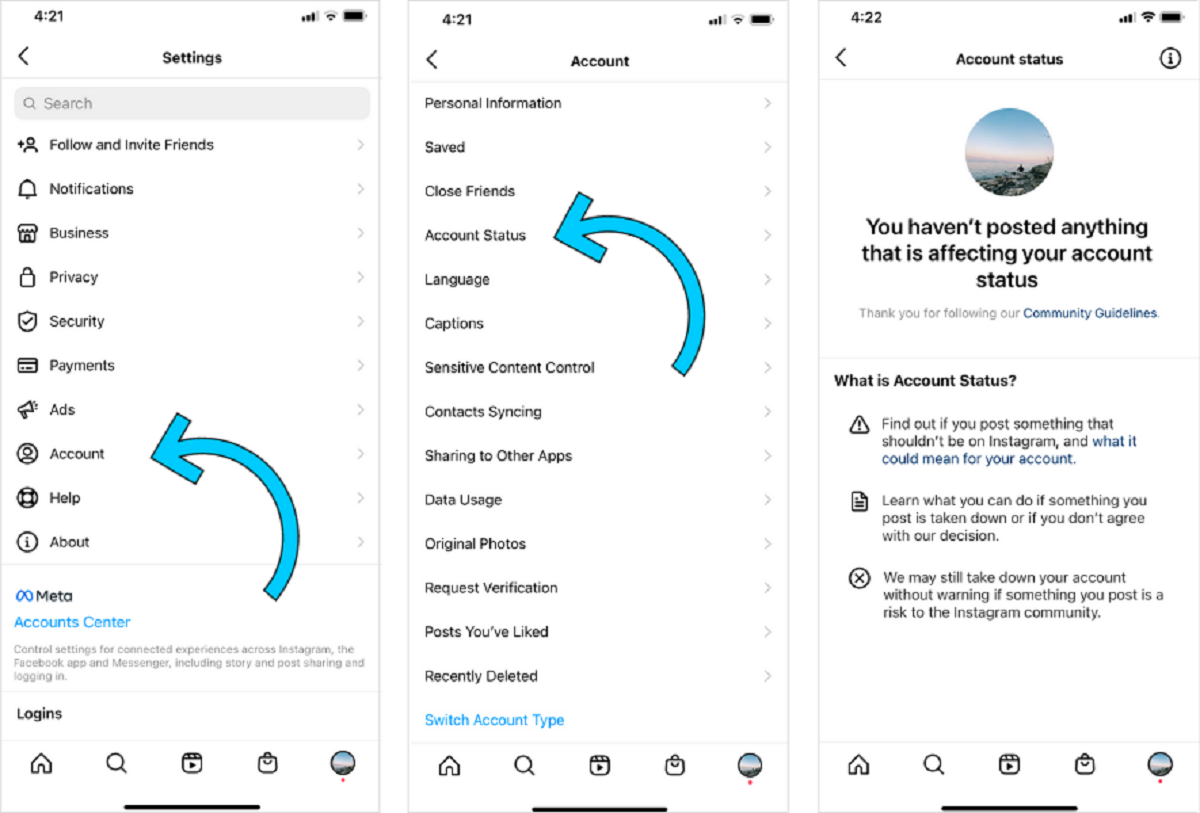Introduction
With the ever-growing popularity of Instagram, it has become a hotbed for various types of online activities, including the presence of spam accounts. These accounts often invade our feeds, cluttering our screens with unwanted content and potentially disrupting our Instagram experience. Spam accounts can range from annoying bots promoting questionable products to accounts that engage in malicious activities.
In this article, we will delve into the world of spam accounts on Instagram, exploring their characteristics, types, reasons for creation, and the detrimental effects they can have on the platform. Furthermore, we will discuss how to identify and prevent spam accounts, as well as the importance of reporting them to ensure a safer and more enjoyable Instagram community.
It is crucial to understand the nature of spam accounts in order to safeguard ourselves and our Instagram accounts from unwanted intrusion. By recognizing the signs and taking necessary precautions, we can help maintain the integrity of the platform and create a better experience for all users.
What are Spam Accounts?
Spam accounts on Instagram refer to accounts that engage in deceptive or manipulative practices with the intention of promoting, spamming, or engaging in fraudulent activities. These accounts often employ automated systems, known as bots, to generate fake followers, likes, and comments. Spam accounts can be created by individuals, organizations, or even by third-party services seeking to exploit the popularity and reach of Instagram for their own gain.
Spam accounts differ from regular Instagram accounts in several ways. While legitimate accounts generally consist of real users sharing personal experiences, interests, and content, spam accounts are typically devoid of any genuine human activity. They often have generic usernames and profile pictures, and their posts are typically repetitive or unrelated to the account’s niche.
Furthermore, spam accounts tend to engage in aggressive self-promotion, often through the use of misleading hashtags or by spamming comments sections with links or irrelevant content. The purpose of these actions is to gain visibility, attract followers, and potentially exploit unsuspecting users for financial or personal gain.
Spam accounts can also be involved in phishing schemes, where they attempt to trick users into sharing sensitive information such as login credentials or financial details. These accounts may impersonate well-known brands, influencers, or celebrities in order to gain the trust of unsuspecting users.
To identify spam accounts, it is important to look out for certain characteristics, as we will explore in the next section.
Characteristics of Spam Accounts
Spam accounts on Instagram possess specific characteristics that can help us identify and differentiate them from genuine accounts. By recognizing these telltale signs, we can take appropriate action to protect ourselves and maintain a safe Instagram experience.
1. Generic Profile Information: Spam accounts often have profile information that lacks personalization. The username may consist of random numbers, letters, or a combination of both. Additionally, their profile pictures are typically generic or stock images, and their bio may contain vague or irrelevant information.
2. Irrelevant or Repetitive Content: Spam accounts tend to post content that is unrelated to their niche or industry. They may also recycle or repost the same content multiple times in an attempt to gain visibility. This repetitive behavior is a red flag for identifying spam accounts.
3. Automated Activity: Spam accounts frequently engage in automated activity such as liking posts, leaving generic comments, and following/unfollowing accounts in large numbers within a short period. This behavior is often a result of using bots or automated tools to simulate engagement and increase their presence on the platform.
4. High Follower-to-Following Ratio: Spam accounts typically have an imbalanced follower-to-following ratio. They may have a high number of followers compared to the number of accounts they follow. This discrepancy indicates a potential attempt to artificially inflate their follower count and create a false sense of popularity.
5. Suspicious Engagement: Spam accounts may leave generic or irrelevant comments on posts, often containing promotional links or requests for personal information. Additionally, their likes and comments may appear disproportionately high compared to the quality or relevance of the content.
By being aware of these characteristics, we can become more proficient in identifying spam accounts on Instagram and taking the necessary steps to protect ourselves and our communities.
Types of Spam Accounts
Spam accounts on Instagram come in various forms, each serving a different purpose or engaging in specific deceptive practices. Understanding the different types of spam accounts can help us better identify and combat their presence on the platform.
1. Fake Follower Accounts: These spam accounts focus on increasing their follower count by purchasing fake followers. These followers are typically inactive, created by bots or automated systems, and serve no real engagement or interaction purposes. Fake follower accounts can be identified by their generic usernames, lack of posts, and low engagement rates.
2. Like and Comment Bots: Like and comment bot accounts aim to artificially inflate engagement metrics by automatically liking and commenting on posts. These bots often leave generic or irrelevant comments that are unrelated to the content. They can be recognized by their automated and repetitive behavior, high number of likes and comments on various posts, and lack of genuine interaction with other users.
3. Malicious Accounts: Malicious spam accounts are created with harmful intentions, such as spreading malware, phishing scams, or engaging in identity theft. These accounts often impersonate reputable brands, influencers, or celebrities to gain the trust of unsuspecting users and exploit them for personal or financial gain. Users should be cautious of suspicious links or requests for personal information from these accounts.
4. Content Scraping Accounts: Content scraping accounts steal and repost content from other genuine users without permission or attribution. These accounts aim to gain followers and engagement by leveraging high-quality content created by others. They can be identified by the lack of original content, repetitive posts, and failure to credit the original creators.
5. Self-Promotion Accounts: Self-promotion spam accounts focus on aggressively promoting various products, services, or websites. They often use misleading or irrelevant hashtags to gain visibility. These accounts can be recognized by their excessive promotional posts, generic captions, and constant links to external websites.
While these are just a few examples of spam account types, it is important to stay vigilant and be aware of any suspicious or deceptive practices on Instagram. By understanding the different types of spam accounts, we can take appropriate actions to protect ourselves and keep the platform safe and enjoyable for all users.
Reasons for Creating Spam Accounts
The creation of spam accounts on Instagram is driven by various motivations, ranging from financial gain to malicious activities. Understanding the reasons behind the existence of spam accounts can help us comprehend the tactics employed by spammers and take measures to combat their presence on the platform.
1. Profit through Advertising: One major reason for creating spam accounts is to generate revenue through advertising. Spammers create accounts with the intent to accumulate a large following and then sell advertising space on their profiles or posts. By artificially boosting their follower count, they can demand higher prices from advertisers looking to reach a wide audience.
2. Click Fraud and Pay-per-Click Schemes: Spam accounts may engage in click fraud, where they generate fake clicks on advertisements to earn money or divert traffic to specific websites. They may also participate in pay-per-click schemes, where they receive compensation for each click on an ad displayed on their accounts. By creating multiple spam accounts, spammers can effectively increase their click numbers and consequently maximize their earnings.
3. Social Engineering and Phishing Scams: Some spam accounts are created with the intention of deceiving and manipulating users. These accounts may impersonate trusted individuals, such as influencers or organizations, to gain the trust of unsuspecting users. Once trust is established, they may engage in social engineering or phishing scams, attempting to collect sensitive information such as login credentials or financial details for personal gain or further exploitation.
4. Spreading Malware and Viruses: Spam accounts can also be used as a vehicle for spreading malware and viruses. These accounts may post links or direct messages containing malicious content that, when clicked on, can infect the user’s device with malware. This allows spammers to gain unauthorized access to sensitive information or control over the user’s device.
5. Reputation Manipulation: In some cases, spam accounts are created to manipulate the reputation or perception of a brand, individual, or competitor. Spammers may create accounts to leave negative comments, spread false information, or engage in other malicious activities that tarnish the reputation of their target.
These are just a few reasons why spam accounts are created on Instagram. By understanding the motivations behind their creation, we can better protect ourselves and the Instagram community from their detrimental effects.
Harmful Effects of Spam Accounts on Instagram
The existence and proliferation of spam accounts on Instagram can have detrimental effects on the platform and its users. Understanding these harmful effects is essential to comprehending the importance of combating and reporting spam accounts.
1. Decreased User Experience: Spam accounts clutter the Instagram feed, making it difficult for users to discover relevant and engaging content. Users may find their feeds inundated with irrelevant posts, generic comments, and promotional content, resulting in a diminished user experience.
2. Spread of Misinformation: Spam accounts can contribute to the spread of misinformation on Instagram. They may post false information, misleading claims, or deceptive content that can mislead and confuse users. This can negatively impact the credibility and reliability of the platform as a source of information.
3. Compromised Privacy and Security: Spam accounts often engage in phishing scams, attempting to trick users into sharing sensitive information or downloading malicious content. Falling victim to these scams can result in compromised privacy, identity theft, or financial loss.
4. Fake Engagement Metrics: The presence of fake follower accounts and engagement bots skews the authenticity of engagement metrics on Instagram. This can impact the credibility and trustworthiness of influencers, brands, and content creators who rely on genuine engagement to establish their influence and success.
5. Reputation Damage: For businesses and individuals, the actions of spam accounts can damage their reputation, as spammers may engage in defamatory practices. Negative comments, false information, or fake reviews can harm the credibility and image of the targeted entities.
6. Diminished Trust in Advertising: Inflated follower counts and misleading promotional activities carried out by spam accounts undermine trust in advertising on Instagram. As users become more skeptical of sponsored content, genuine advertisers may suffer from reduced effectiveness and engagement.
By recognizing the harmful effects of spam accounts, we can appreciate the importance of actively reporting and combating their presence on Instagram. Taking collective action helps protect the integrity of the platform and fosters a safer and more enjoyable user experience.
How to Identify Spam Accounts
Identifying spam accounts on Instagram is crucial to ensure a safe and genuine user experience. While spam accounts may try to mimic real users, there are several indicators that can help us distinguish them from legitimate accounts. Here are some tips to help you identify spam accounts:
1. Generic Profile: Spam accounts often have generic usernames, profile pictures, and bios. Look for usernames consisting of random numbers or letters, profile pictures that seem too perfect or stock-like, and bios containing vague or unrelated information.
2. Irrelevant or Repetitive Content: Spam accounts frequently post content that is unrelated to their niche or industry. Watch out for accounts that consistently share irrelevant or repetitive content, or that repost the same images or captions multiple times.
3. Automated Activity: Spam accounts often engage in automated activity, such as liking posts, leaving generic comments, and following/unfollowing large numbers of accounts quickly. Look out for accounts that display excessive, suspicious, or repetitive engagement patterns.
4. Follower-to-Following Ratio: Check the follower-to-following ratio of an account. Spam accounts often have a high number of followers compared to the accounts they follow. This imbalance may indicate an attempt to artificially boost their follower count.
5. Suspicious Engagement: Be wary of accounts that leave generic or irrelevant comments on posts. These comments may contain promotional links, requests for personal information, or nonsensical phrases. Similarly, if an account has an unusually high number of likes or comments compared to the quality or relevance of the content, it may be a spam account.
6. Lack of Personal Interaction: Genuine users engage in meaningful conversations and interactions on Instagram. If an account shows no signs of genuine interactions, such as responding to comments or engaging with other users, it may be a spam account.
Remember that these indicators are not definitive proof of a spam account, but they are strong signals to investigate further. Use your judgment and consider multiple factors before making a final determination.
By being vigilant and proactive in identifying spam accounts, we can contribute to a safer and more authentic Instagram community.
Preventing Spam Accounts
While Instagram takes active measures to combat spam accounts, individuals can also take steps to prevent their presence and protect themselves from unwanted interactions. Here are some effective strategies to prevent spam accounts on Instagram:
1. Keep Your Account Private: By setting your account to private, you have better control over who can follow you and engage with your content. This limits the visibility of your account to genuine users and reduces the likelihood of spam accounts reaching and interacting with your profile.
2. Be Mindful of Accepting Followers: Before accepting follower requests, carefully review the profiles and engagement of the accounts. Look for signs of spam account characteristics discussed earlier, such as generic profile information, lack of genuine interactions, or suspicious engagement patterns. If in doubt, it’s best to deny the request.
3. Use Strong and Unique Passwords: Protect your account and prevent unauthorized access by using strong, unique passwords. Avoid using easily guessable passwords and consider using a combination of uppercase and lowercase letters, numbers, and symbols. Regularly update your password to further enhance security.
4. Avoid Suspicious Links or Messages: Spam accounts often send direct messages or leave comments with suspicious links. Avoid clicking on these links or providing any personal information. Be cautious of messages or comments that seem too good to be true or that request sensitive information.
5. Report and Block Spam Accounts: If you come across a spam account, report it to Instagram. Reporting helps the platform take appropriate action and improves the overall community experience. Additionally, you can block the spam account to prevent further interactions.
6. Stay Updated on Instagram’s Guidelines: Familiarize yourself with Instagram’s guidelines and policies to understand what constitutes spam or deceptive behavior. By staying informed, you can better recognize and prevent spam accounts on the platform.
7. Use Third-Party Security Apps: Consider using trusted third-party security apps that offer additional layers of protection. These apps can help detect and block spam accounts, analyze suspicious engagement patterns, and enhance overall security for your Instagram account.
By implementing these prevention strategies, you can minimize the chances of encountering spam accounts and enhance the security and authenticity of your Instagram experience.
Reporting Spam Accounts
Reporting spam accounts on Instagram is essential for maintaining a safe and enjoyable user experience. When you come across a spam account, it is important to take action by reporting it to Instagram. Here are the steps to effectively report a spam account:
1. Open the Profile of the Spam Account: Visit the profile of the spam account that you want to report. Tap on the three dots (…) located at the top right corner of the screen to access the options menu.
2. Choose “Report”: From the options menu, select the “Report” option. A list of report categories will be displayed.
3. Select the Appropriate Category: Instagram provides different categories to report various types of violations. Choose the category that best matches the violation associated with the spam account. Options may include “Spam,” “Scam,” “Impersonation,” or “Inappropriate Content.”
4. Provide Additional Information: Instagram allows you to provide additional information regarding the spam account and the violation it is involved in. You can include specific details or examples to support your report. This information can help Instagram in investigating and taking necessary actions against the spam account.
5. Submit the Report: Once you have selected the appropriate category and provided additional information, submit the report by tapping on the “Submit” or “Send” button. Instagram will receive your report and review the account in question.
Additionally, you can also block the spam account to prevent further interactions. Blocking the account ensures that you won’t receive any notifications or updates from the spam account.
Remember, reporting spam accounts not only helps protect yourself but also contributes to the overall safety and integrity of the Instagram community. By reporting spam accounts, you play an active role in creating a more trustworthy and authentic platform for all users.
Conclusion
Spam accounts on Instagram are a persistent challenge that can disrupt our experience on the platform and compromise our privacy and security. Identifying and preventing spam accounts is crucial in maintaining a safe and enjoyable environment for all users.
By understanding the characteristics of spam accounts, such as generic profiles, irrelevant content, automated activity, and suspicious engagement, we can become proficient in spotting them. Being cautious of accepting follower requests, avoiding suspicious links or messages, and using strong passwords are effective prevention strategies.
When you encounter spam accounts, it is important to take action by reporting them to Instagram. By promptly reporting these accounts and providing relevant information, we contribute to the platform’s efforts in maintaining a high level of security and authenticity.
Preventing and combating spam accounts is a collective responsibility. Instagram also plays a significant role in implementing strict policies and taking action against reported spam accounts to ensure a safer user experience.
By staying informed, remaining vigilant, and actively participating in the fight against spam accounts, we can help create a more trustworthy and enjoyable Instagram community. Together, we can foster an environment where genuine interactions thrive, and users can confidently connect, engage, and share their experiences on the platform.









